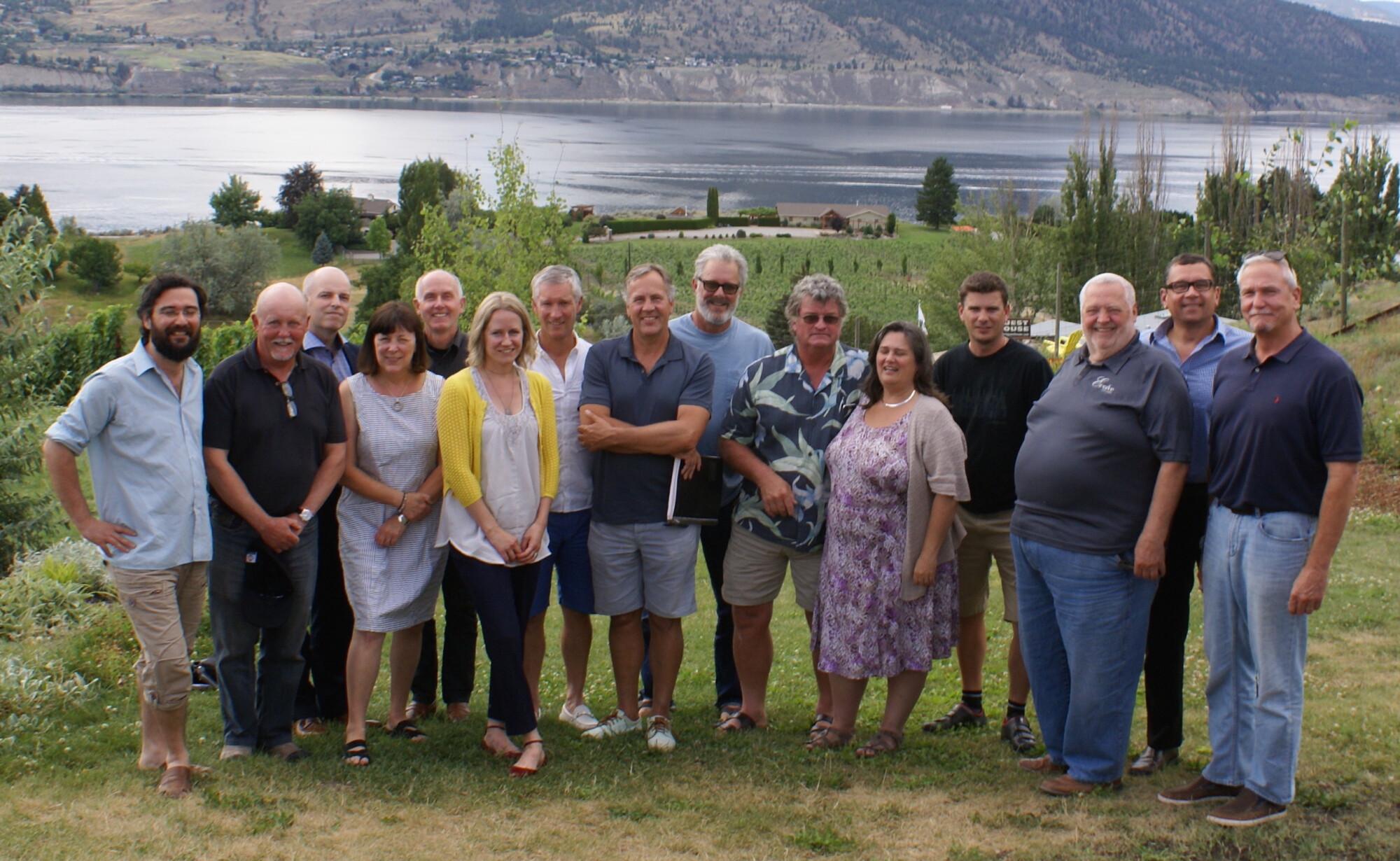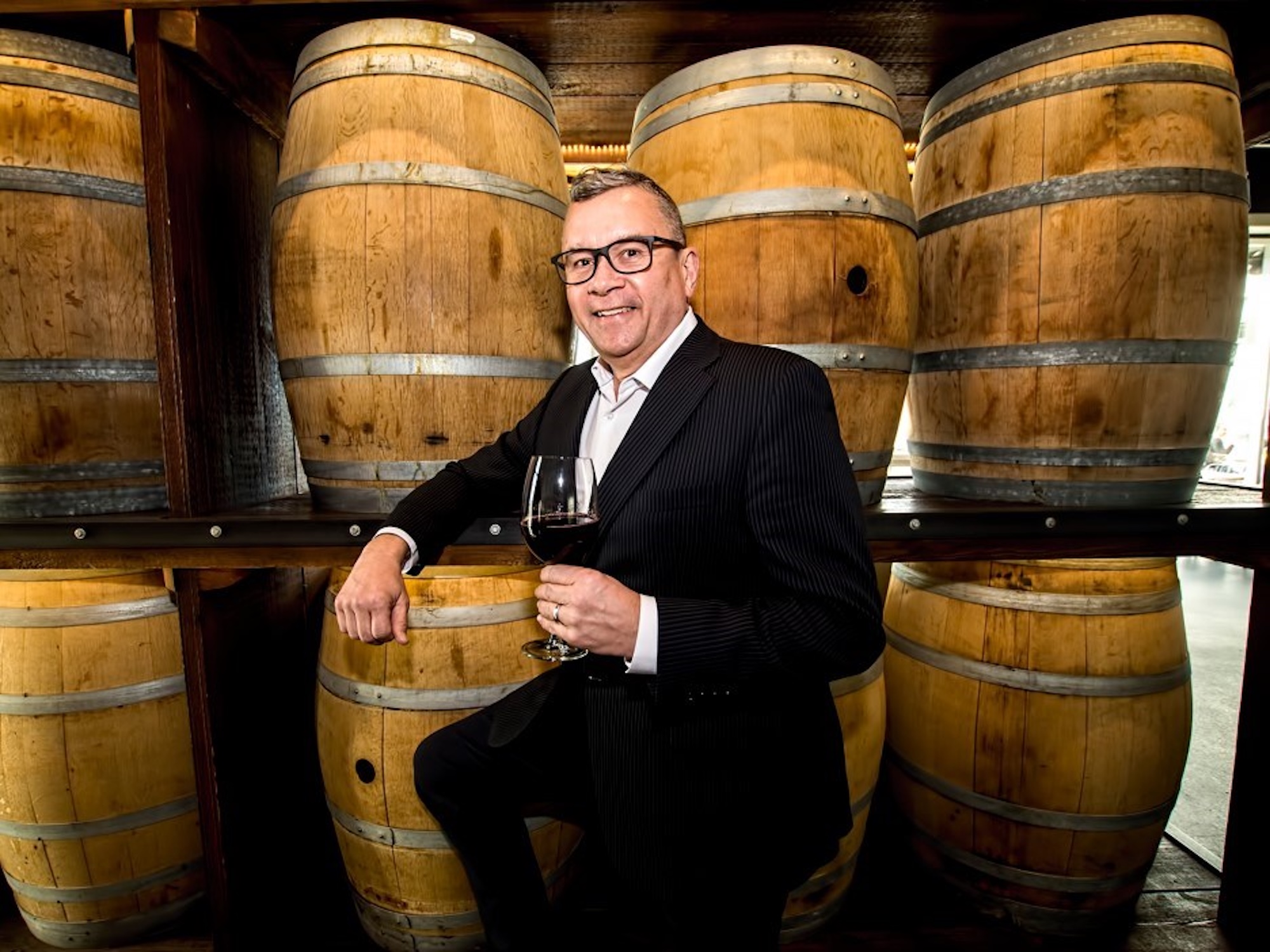A Decade of Progress: Reflecting on BC Wine’s Appellation Evolution
Photo of Mike Klassen by Chung Chow, BIV
A reflection on the transformative work of the BC Wine Appellation Task Group 10 years on
Ten years ago, I received a call that would take me deep into the vineyards and valleys of British Columbia—and even deeper into one of the most transformative moments in our province’s wine history.
In 2015, representatives from across BC’s wine industry came together with a common vision: to strengthen our province’s wine appellation system and give consumers a clearer sense of place in every bottle. Supported by the BC Ministry of Agriculture, and with the guidance of industry leaders representing wineries of all sizes, I was honoured to serve as executive director of what would become the BC Wine Appellation Task Group.

With Ezra Cipes—then chair of the Task Group and CEO of Summerhill Pyramid Winery—and sometimes accompanied by James Mack, Assistant Deputy Minister, we travelled together to many of BC’s wine-growing regions, from the Okanagan and Similkameen Valleys to Vancouver Island, the Fraser Valley, and emerging regions like the Thompson River Valley, and the Shuswap. Everywhere we went, we listened closely. Our goal was clear: build consensus on a modern appellation framework that would serve winegrowers and wine lovers alike.
The result was a comprehensive report in 2016 that led to 10 key recommendations—six of which have since been adopted by the provincial government. These changes helped pave the way for new geographical indications like Lillooet, Shuswap, and Thompson Valley, and established sub-GIs like the Naramata Bench and Golden Mile Bench—each a stamp of authenticity that connects the wine in your glass to the land it comes from.
One of the most meaningful changes we championed was a flat fee structure for small wineries, particularly those outside the Okanagan. At the time, the cost and logistics of wine testing were prohibitive for many boutique producers. Levelling the playing field was vital to ensuring BC’s wine diversity could thrive.

As Glen Korstrom recently noted in Business in Vancouver, this work—though incomplete in some areas—was foundational. (To his credit, Glen originally reported on the Task Group’s work in 2016—see here). Four recommendations have yet to be fully implemented, including the push for mandatory wine certification and a stronger “British Columbia Wine” designation. Still, the progress made over the past decade is unmistakable.
The BC wine industry today is more regionally expressive, more inclusive of small producers, and more transparent with consumers. You can now confidently pick up a bottle that says “Skaha Bench” or “Okanagan Falls” and know the grapes were grown there. That’s a tremendous achievement—and one that was made possible through open collaboration between government and industry.
I remain incredibly proud of my role in this milestone for BC’s wine sector. It’s not often in public policy that you can point to a bottle on a store shelf or restaurant table and say, “That’s the result of our work.” But in this case, you can.
Here’s to the next chapter for BC wine—and to the growers, winemakers, and advocates who continue to raise the bar. Cheers!

